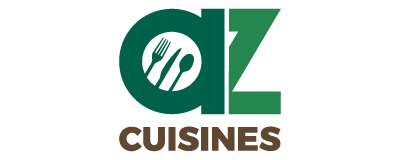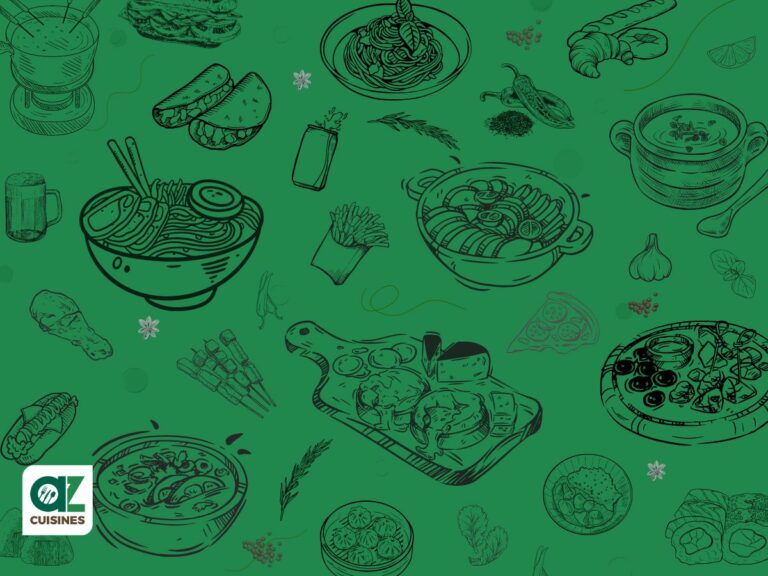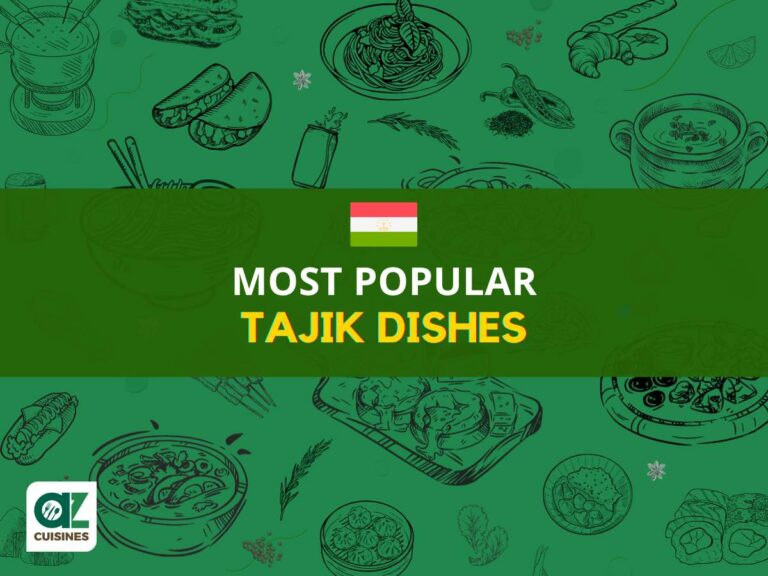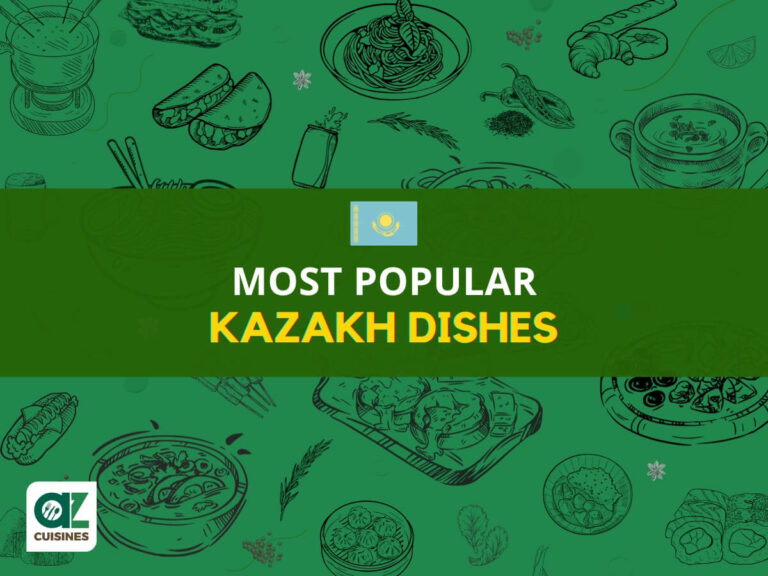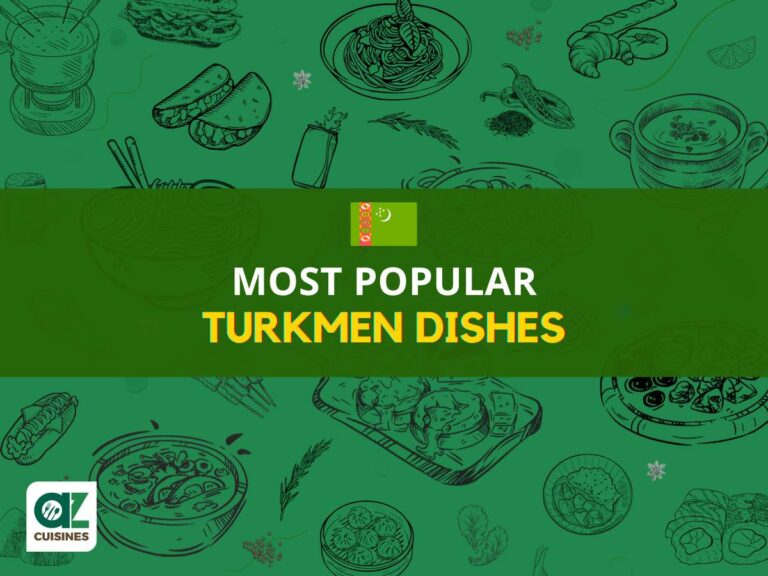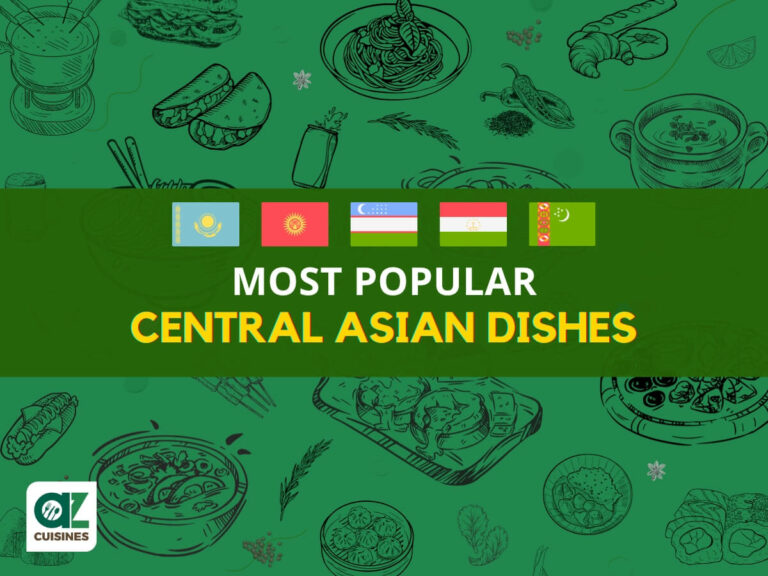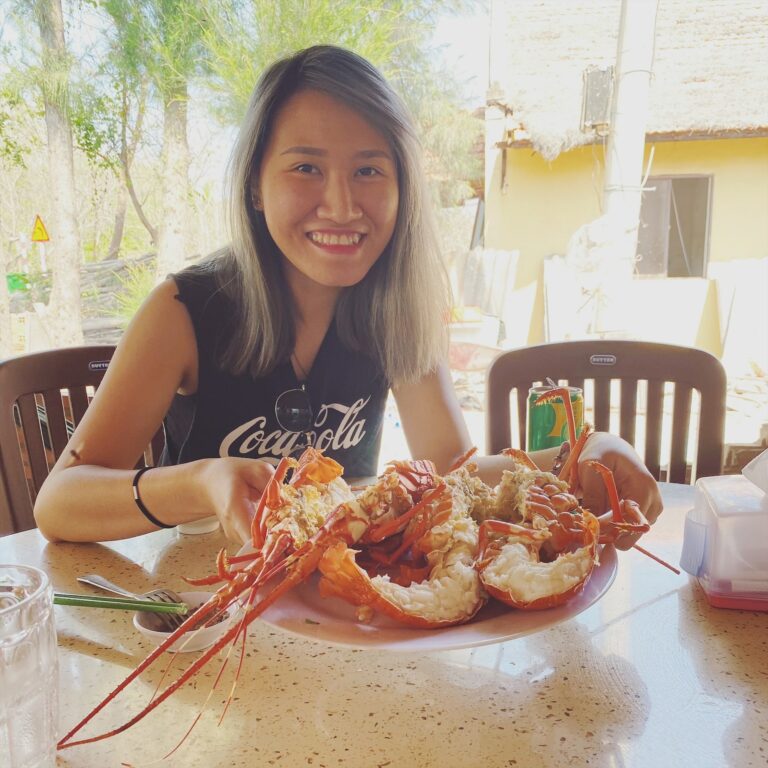Dishes
Dishes
Dishes, ranging from appetizers to desserts, are prepared food items integral to global cuisines and reflect a nation’s culture, often evolving through global influences.
Dishes vary in complexity and include categories such as traditional, national, street food, and fusion dishes, each marked by distinctive features and cooking methods.
Beverages
Beverages
Beverages are liquids consumed for various purposes, from quenching thirst to providing nutrition and enjoyment. They range from alcoholic options to non-alcoholic choices, from traditional, and national to fusion beverages.
Integral to the cultural and culinary traditions of countries and regions, beverages are diverse and, together with dishes, are essential components of global cuisines.
Dishes by Country
Dishes By Country provides insights into the culinary traditions of nations around the world, highlighting the unique flavors, ingredients, and cooking techniques that define each country’s cuisine.
It also explores how these dishes differ from and harmonize with the cuisines of neighboring regions and the global food scene.
Beverages by Country
Beverages by Country explores the variety of drinks in each country, detailing traditional ingredients, distinctive flavors, and their richness.
It also examines how these beverages complement local dishes and reflect the cultural identity of the country.
